Abstract
Three experiments conducted in an automated ten-compartment chamber recorded collateral activities of rats reinforced for lever pressing on differential-reinforcement-of-low-rate schedules. In Experiment 1, the rate of lever pressing increased when stimulus support for collateral activities was removed, thus confirming earlier findings. However, there were no temporal or sequential patterns of collateral activities that predicted operant responding. In Experiment 2, the rate of lever pressing increased only if (a) access to all stimulus support for collateral activities was simultaneously prevented, and (b) the rat was forced to remain in the presence of the lever and food tray. The availability of any of the stimuli related to collateral activity was sufficient to keep lever-pressing rates from increasing. Experiment 3 examined collateral activities under a signaled differential-reinforcement-of-low-rate schedule. Preventing access to stimuli supporting collateral activities had little effect on stable lever pressing when the signal was maintained. When the signal was removed, collateral activities continued, but lever-pressing rates increased in three of the four rats and rates of food presentation declined in all rats. Hypotheses that collateral activities have (a) a timekeeping or discriminative function, or (b) directly inhibit operant responding were not supported. The results suggest that collateral activities may facilitate operant responding by simply removing the subject from the presence of reinforcement-related stimuli.
Keywords: DRL, fixed-time, collateral, lever press, competition, concurrent, rats
Full text
PDF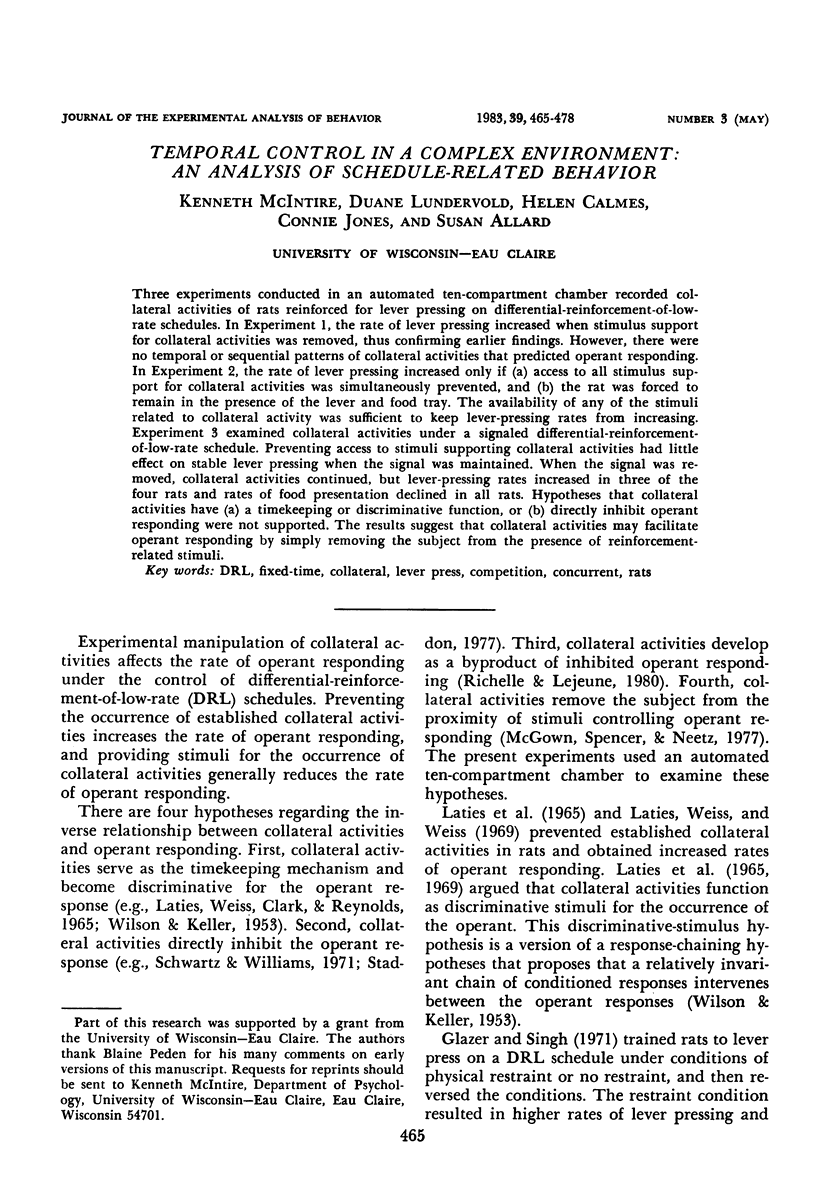
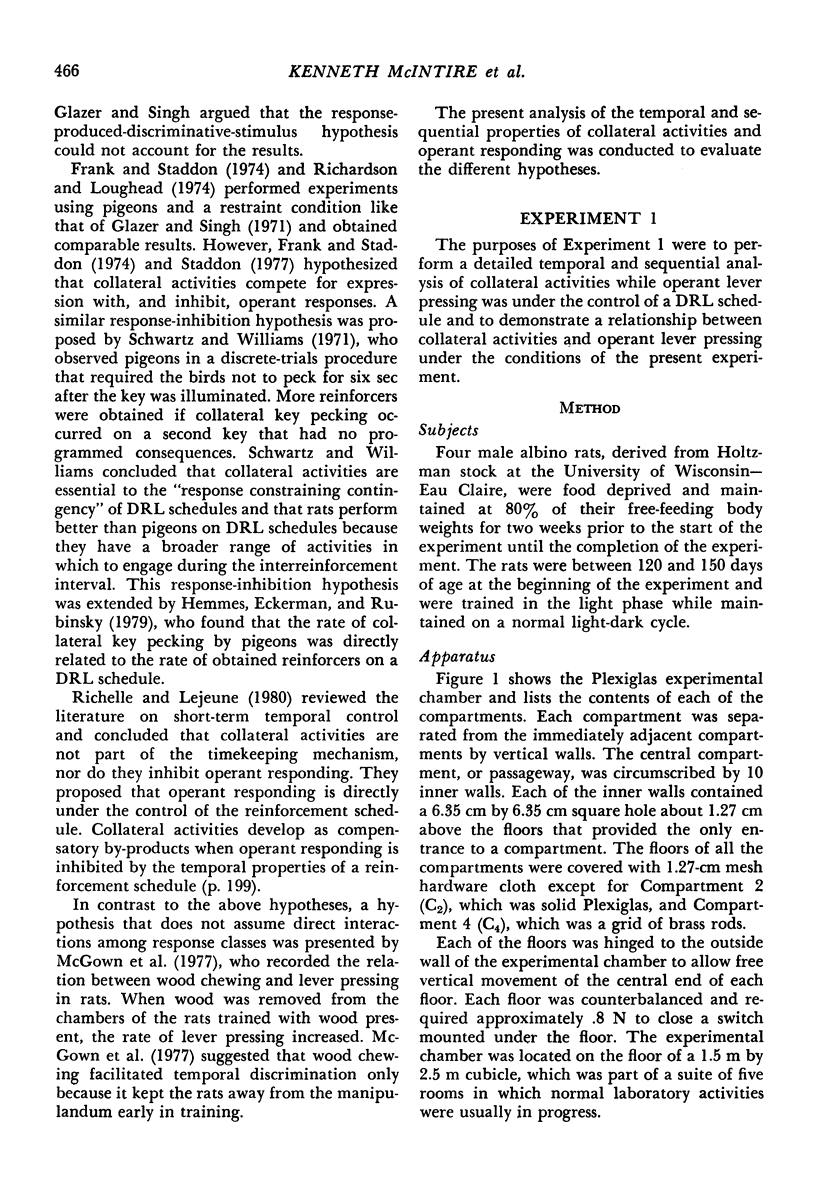
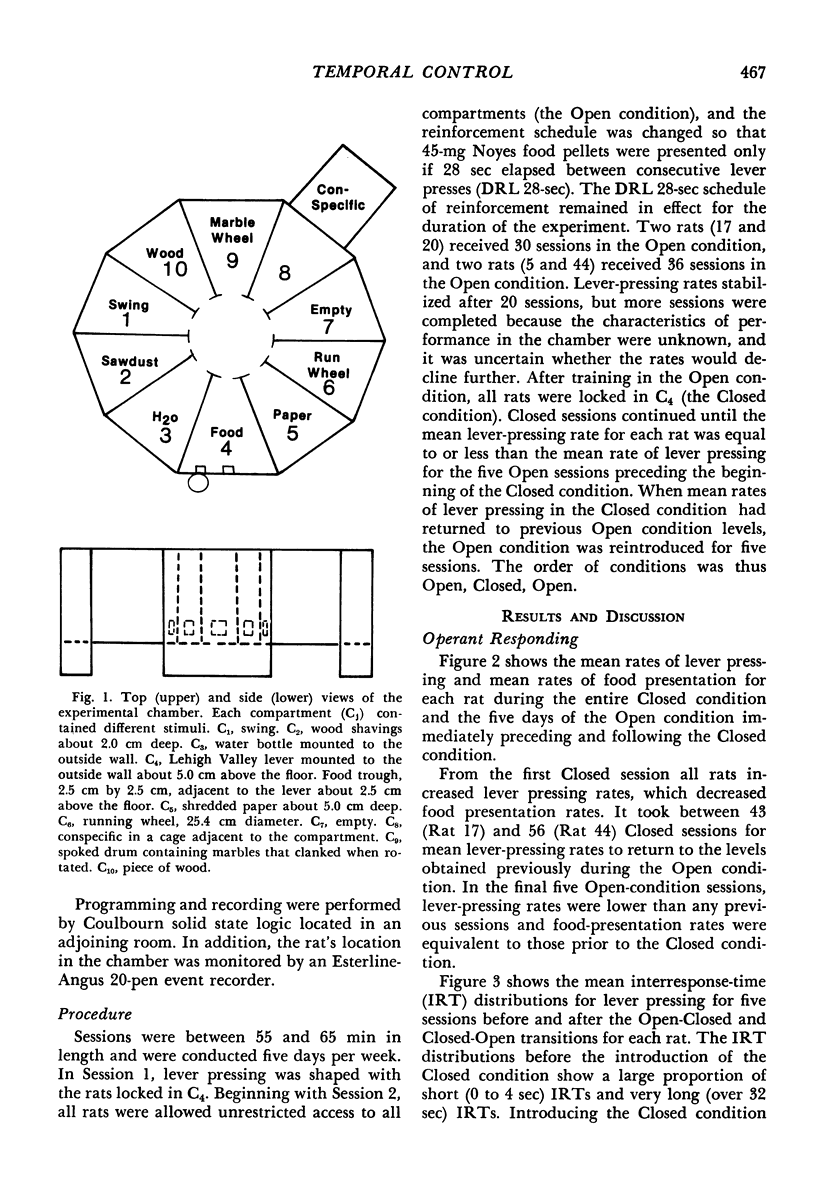
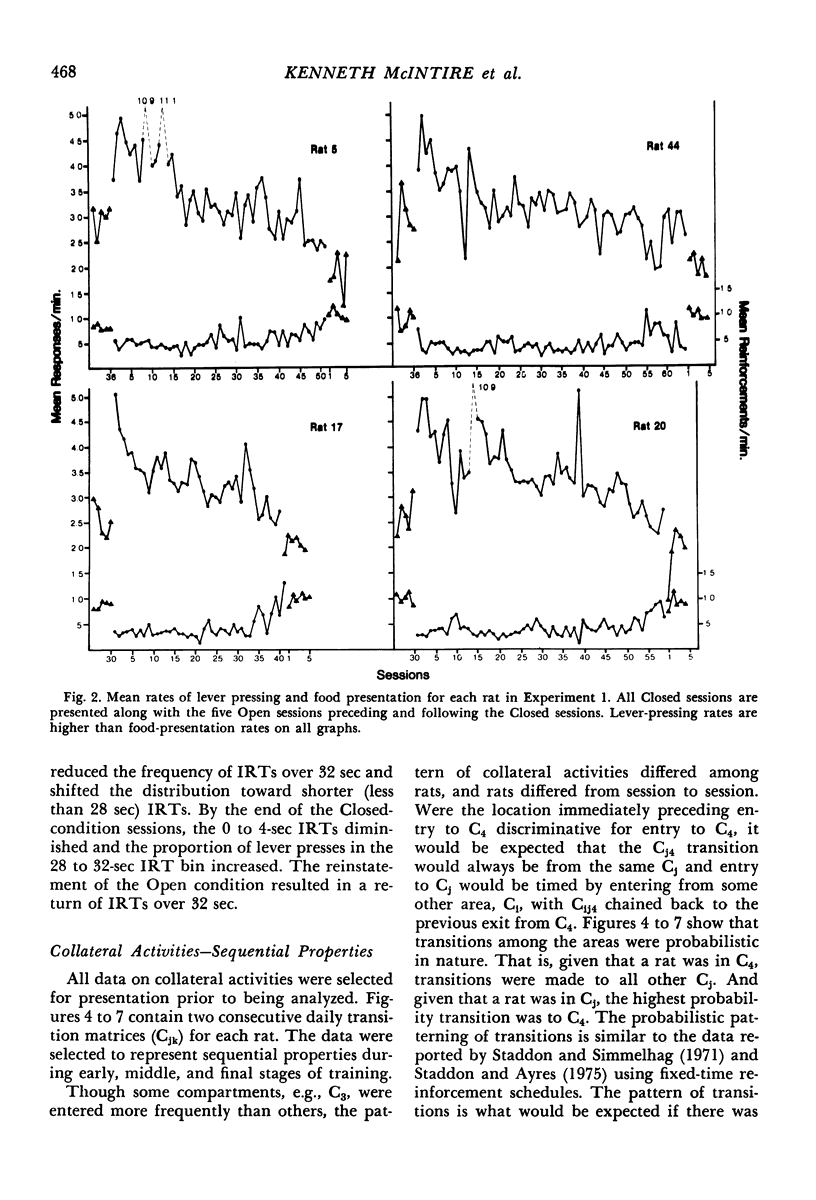
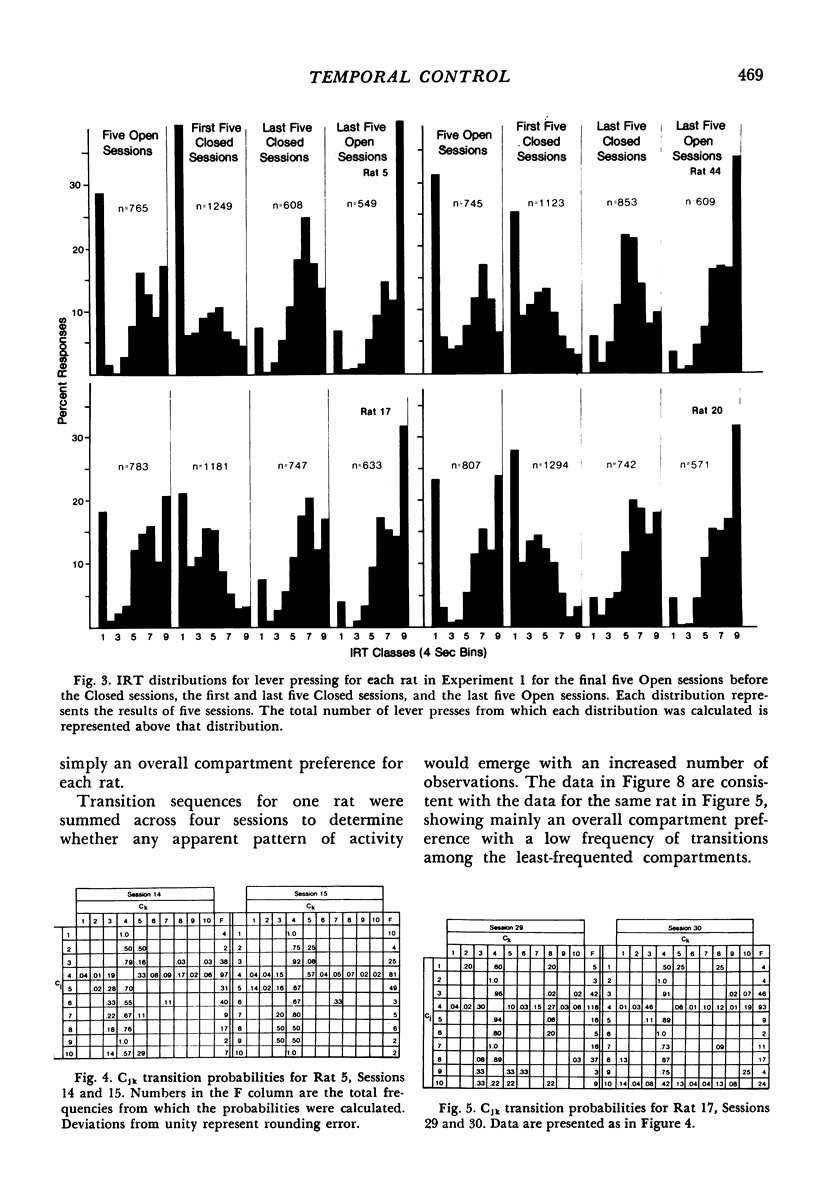
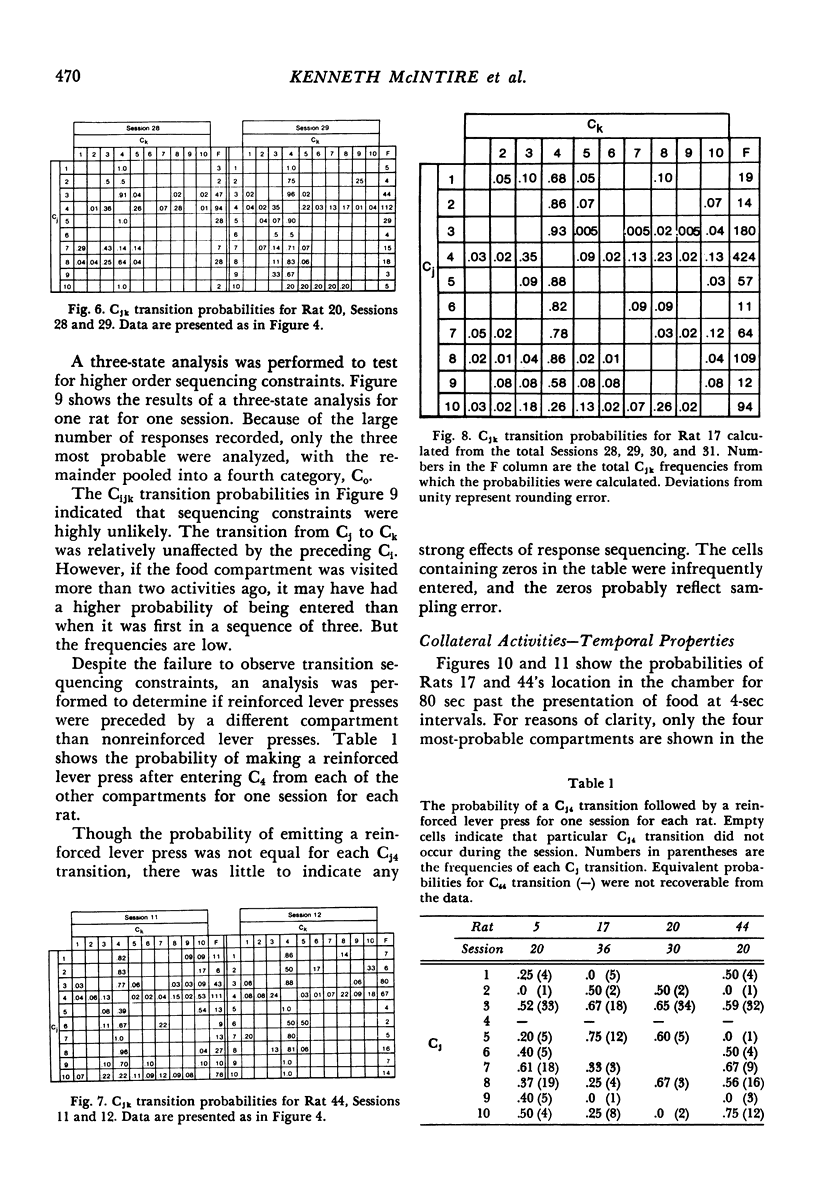

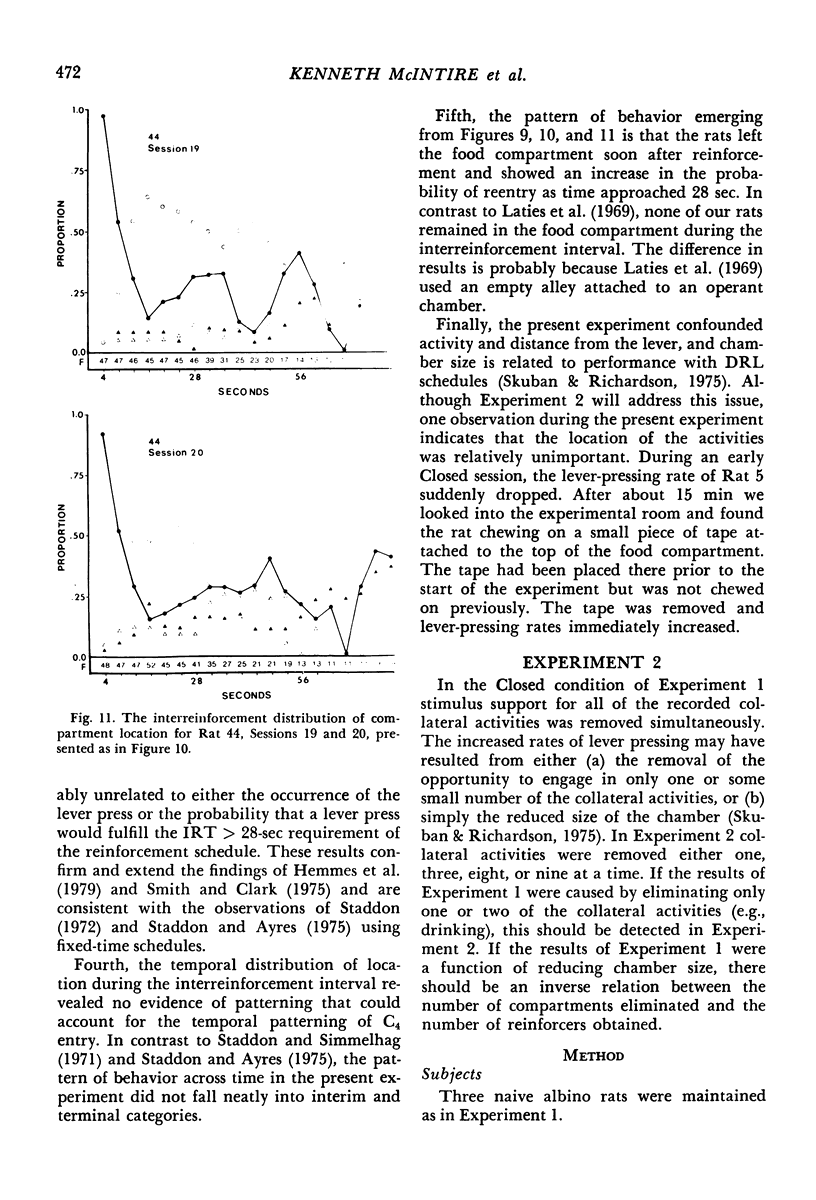
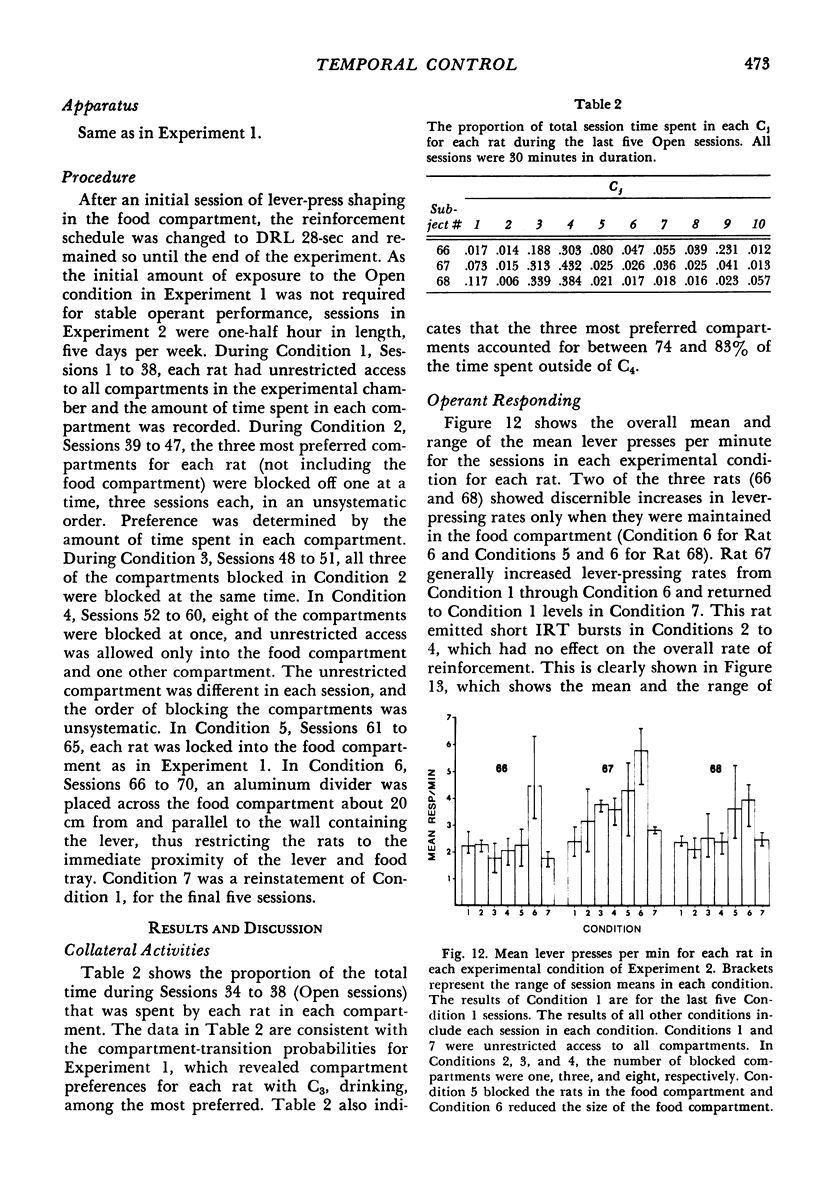
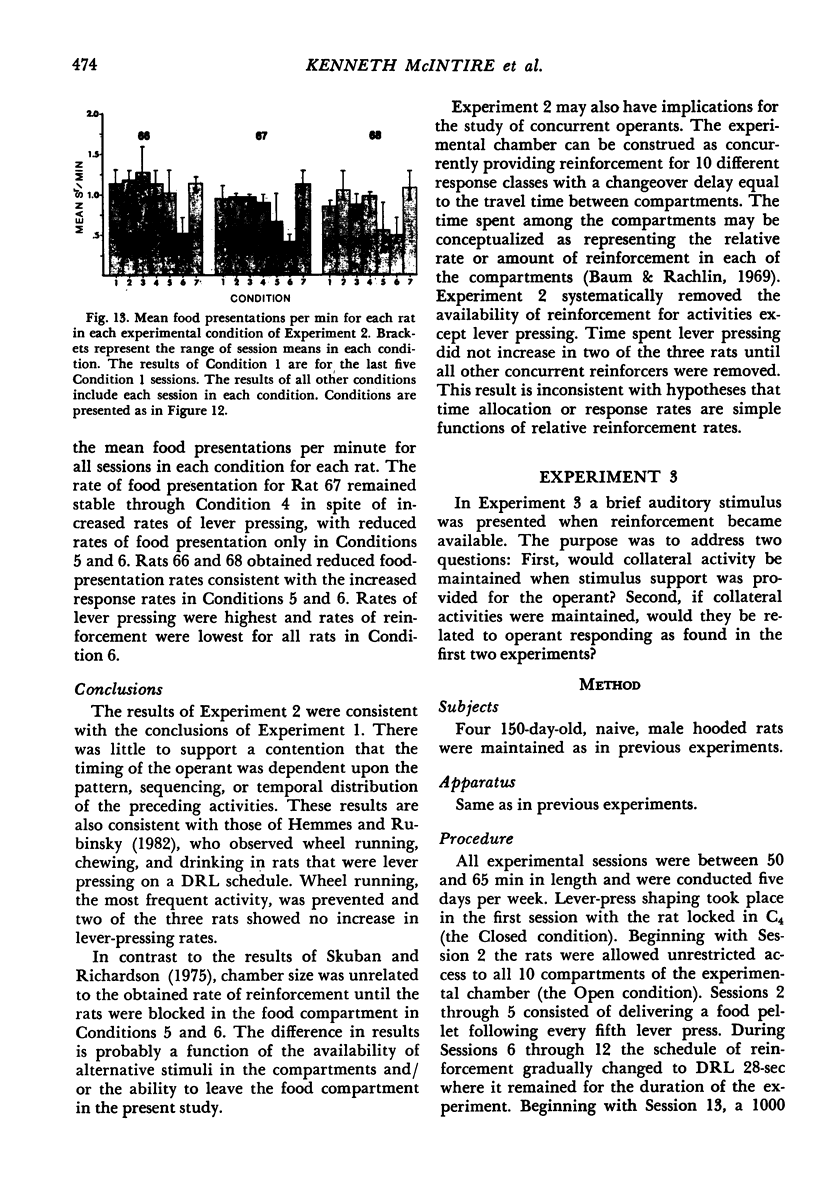
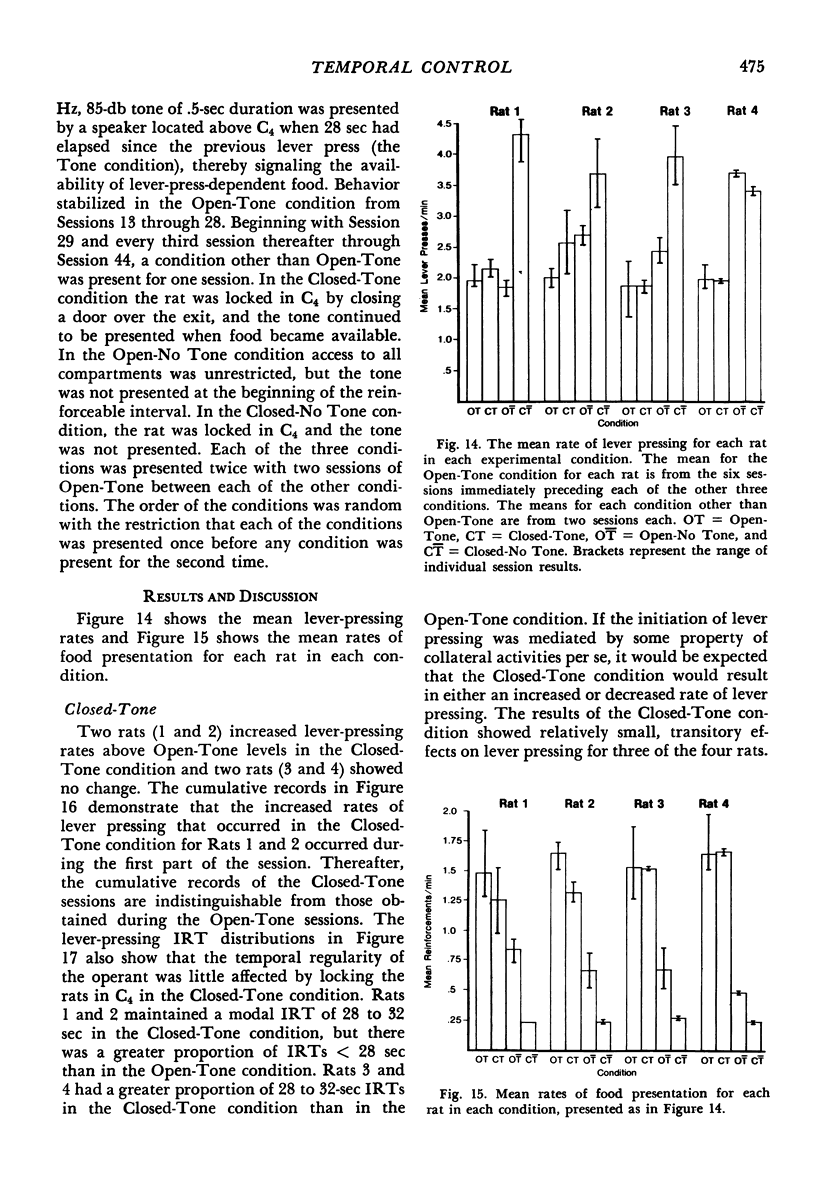
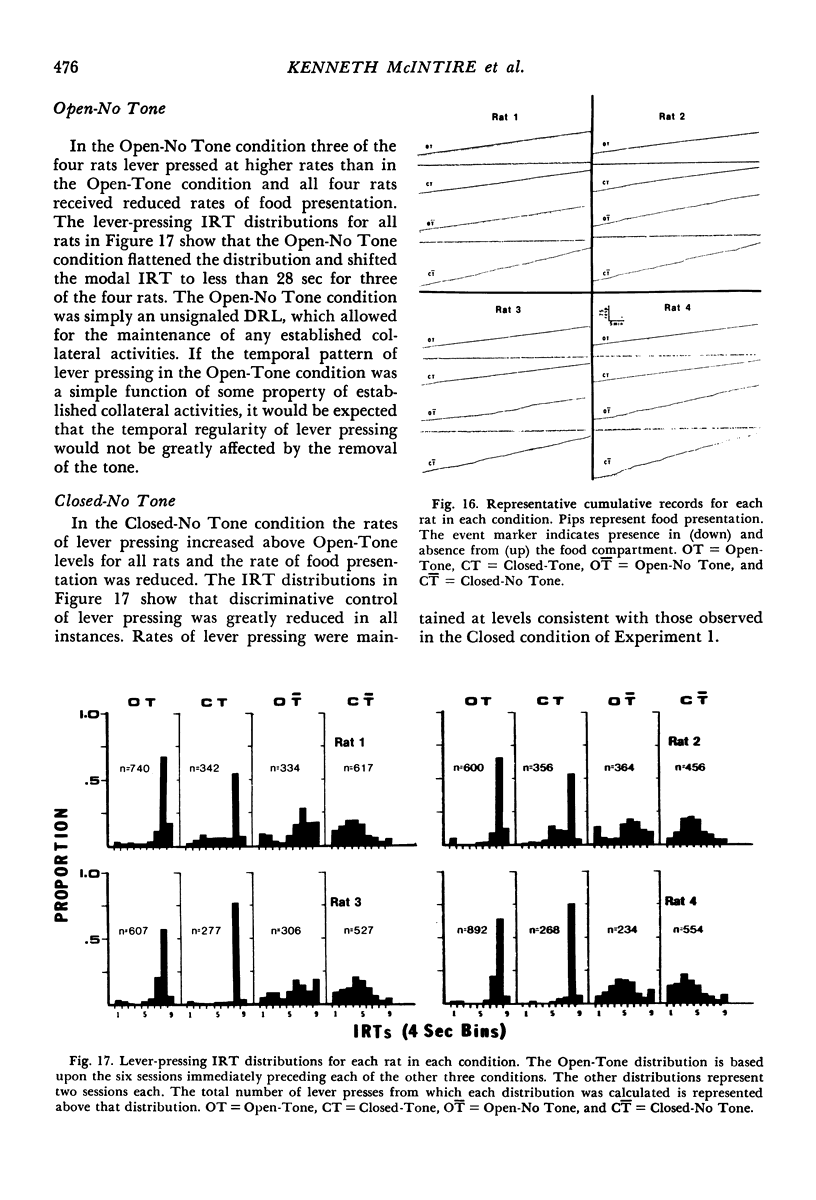
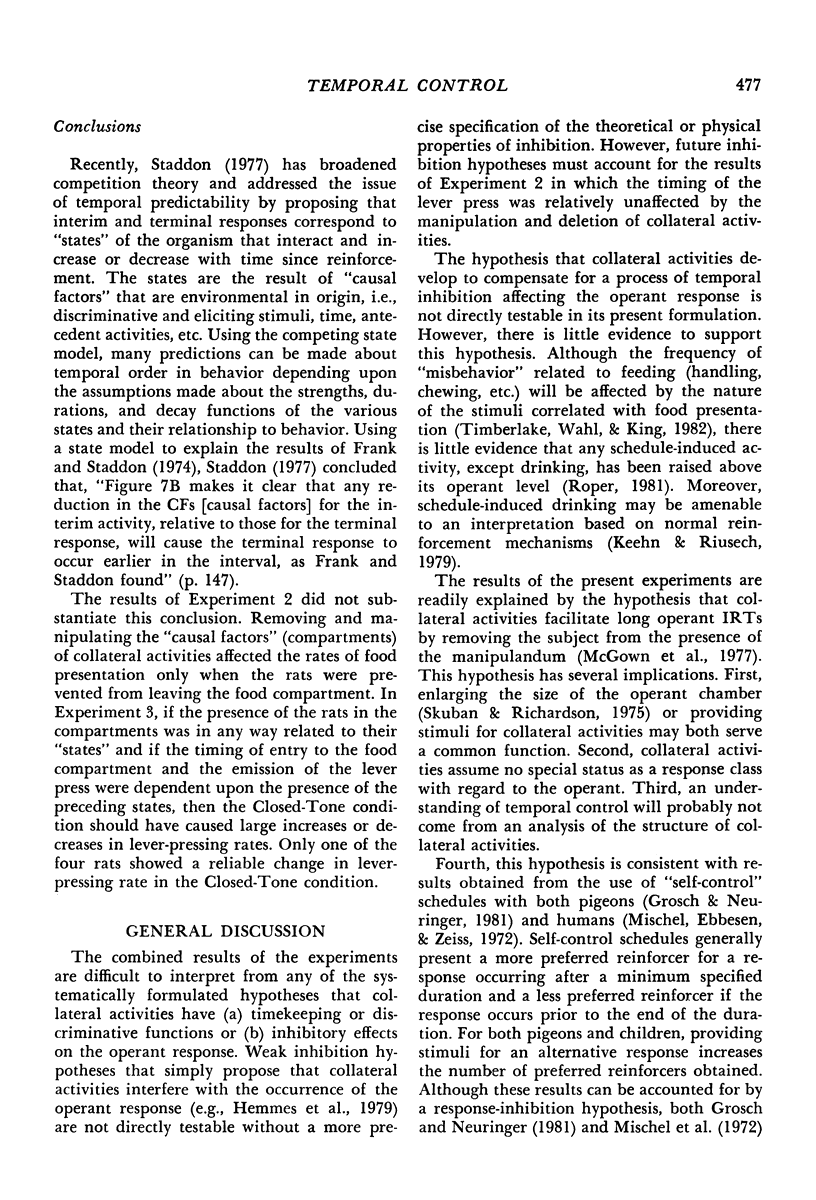
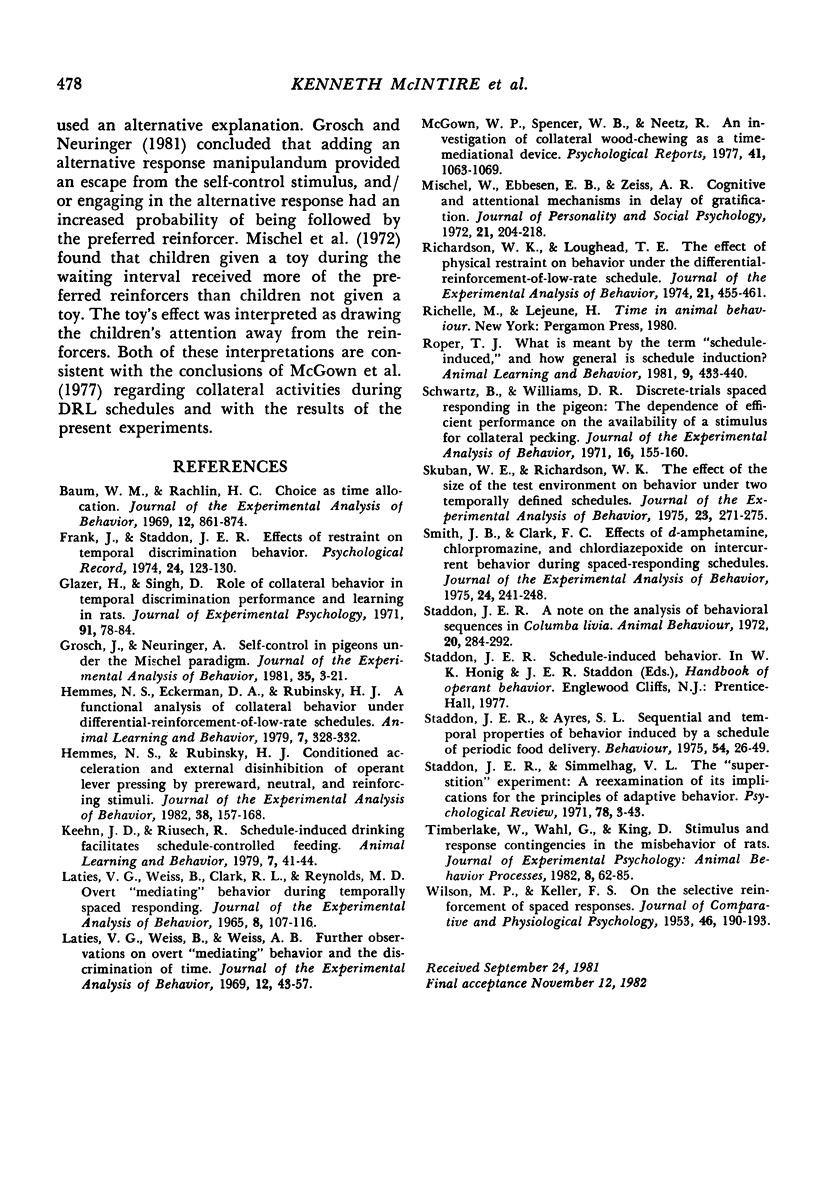
Selected References
These references are in PubMed. This may not be the complete list of references from this article.
- Baum W. M., Rachlin H. C. Choice as time allocation. J Exp Anal Behav. 1969 Nov;12(6):861–874. doi: 10.1901/jeab.1969.12-861. [DOI] [PMC free article] [PubMed] [Google Scholar]
- Glazer H., Singh D. Role of collateral behavior in temporal discrimination performance and learning in rats. J Exp Psychol. 1971 Nov;91(1):78–84. doi: 10.1037/h0031883. [DOI] [PubMed] [Google Scholar]
- Grosch J., Neuringer A. Self-control in pigeons under the Mischel paradigm. J Exp Anal Behav. 1981 Jan;35(1):3–21. doi: 10.1901/jeab.1981.35-3. [DOI] [PMC free article] [PubMed] [Google Scholar]
- Hemmes N. S., Rubinsky H. J. Conditional acceleration and external disinhibition of operant lever pressing by prereward, neutral, and reinforcing stimuli. J Exp Anal Behav. 1982 Sep;38(2):157–168. doi: 10.1901/jeab.1982.38-157. [DOI] [PMC free article] [PubMed] [Google Scholar]
- LATIES V. G., WEISS B., CLARK R. L., REYNOLDS M. D. OVERT "MEDIATING" BEHAVIOR DURING TEMPORALLY SPACED RESPONDING. J Exp Anal Behav. 1965 Mar;8:107–116. doi: 10.1901/jeab.1965.8-107. [DOI] [PMC free article] [PubMed] [Google Scholar]
- Laties V. G., Weiss B., Weiss A. B. Further observations on overt "mediating" behavior and the discrimination of time. J Exp Anal Behav. 1969 Jan;12(1):43–57. doi: 10.1901/jeab.1969.12-43. [DOI] [PMC free article] [PubMed] [Google Scholar]
- Mischel W., Ebbesen E. B., Zeiss A. R. Cognitive and attentional mechanisms in delay of gratification. J Pers Soc Psychol. 1972 Feb;21(2):204–218. doi: 10.1037/h0032198. [DOI] [PubMed] [Google Scholar]
- Richardson W. K., Loughead T. E. The effect of physical restraint on behavior under the differential-reinforcement-of-low-rate schedule. J Exp Anal Behav. 1974 May;21(3):455–461. doi: 10.1901/jeab.1974.21-455. [DOI] [PMC free article] [PubMed] [Google Scholar]
- Schwartz B., Williams D. R. Discrete-trials spaced responding in the pigeon: the dependence of efficient performance on the availability of a stimulus for collateral pecking. J Exp Anal Behav. 1971 Sep;16(2):155–160. doi: 10.1901/jeab.1971.16-155. [DOI] [PMC free article] [PubMed] [Google Scholar]
- Skuban W. E., Richardson W. K. The effect of the size of the test environment on behavior under two temporally defined schedules. J Exp Anal Behav. 1975 Mar;23(2):271–275. doi: 10.1901/jeab.1975.23-271. [DOI] [PMC free article] [PubMed] [Google Scholar]
- Smith J. B., Clark F. C. Effects of d-amphetamine, chlorpromazine, and chlordiazepoxide on intercurrent behavior during spaced-responding schedules. J Exp Anal Behav. 1975 Sep;24(2):241–248. doi: 10.1901/jeab.1975.24-241. [DOI] [PMC free article] [PubMed] [Google Scholar]
- Timberlake W., Wahl G., King D. Stimulus and response contingencies in the misbehavior of rats. J Exp Psychol Anim Behav Process. 1982 Jan;8(1):62–85. [PubMed] [Google Scholar]
- WILSON M. P., KELLER F. S. On the selective reinforcement of spaced responses. J Comp Physiol Psychol. 1953 Jun;46(3):190–193. doi: 10.1037/h0057705. [DOI] [PubMed] [Google Scholar]


